Soil Texture
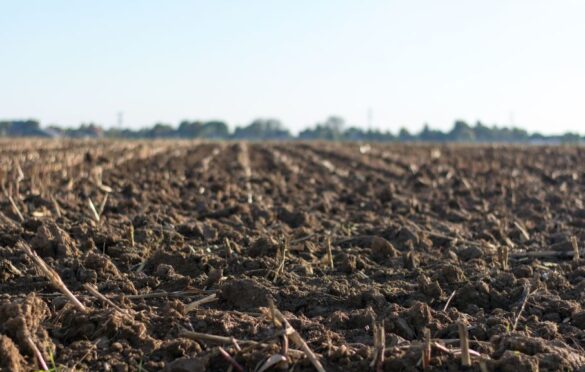
Introduction
Soil texture is a fundamental characteristic of soil that plays a crucial role in geology and agriculture. It refers to the relative proportion of different-sized mineral particles present in the soil. Understanding soil texture is vital for assessing its properties, fertility, and water-holding capacity. In this article, we will explore the concept of soil texture, its classification, measurement methods, and its impact on various aspects of soil and plant growth.
I. Understanding Soil Composition
Definition and Components of Soil
Soil is a complex mixture of mineral particles, organic matter, water, and air. The mineral particles are derived from weathering of rocks, while organic matter consists of decomposed plant and animal materials. The water and air in the soil pore spaces provide the necessary environment for plant growth and microbial activity.
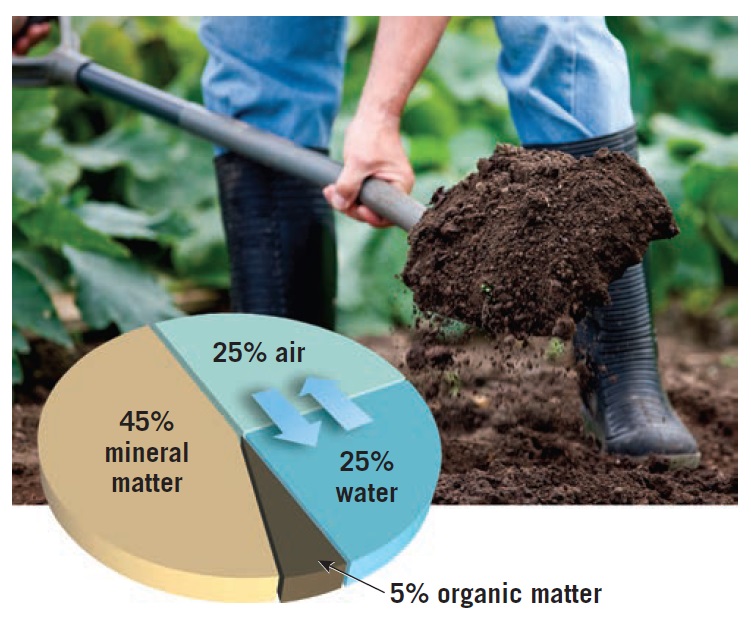
Role of Mineral Particles in Soil Texture
Mineral particles, such as sand, silt, and clay, determine the texture of the soil. These particles vary in size and have distinct properties that influence the physical and chemical characteristics of the soil.
Organic Matter and Soil Texture
Organic matter, like compost and decomposed plant material, contributes to soil fertility and structure. It interacts with mineral particles to form aggregates, improving soil structure and water-holding capacity.
II. Factors Influencing Soil Texture
Climate and its Impact on Soil Texture
Climate, including temperature and precipitation patterns, affects the rate of weathering and the transportation of soil particles. Different climates can lead to variations in soil texture.
Parent Material and its Effect on Soil Texture
The parent material, such as rocks or sediments, from which the soil is formed influences soil texture. Different parent materials have varying mineral compositions and textures.
Time and Soil Texture Development
The process of soil formation takes time, with soil texture developing gradually over centuries or even millennia. The duration of weathering and sedimentation impacts the final soil texture.
Topography and Soil Texture
The topography, or the physical features of the land, can affect soil texture through erosion and deposition processes. Steep slopes may have different soil textures compared to flat or gently sloping areas.
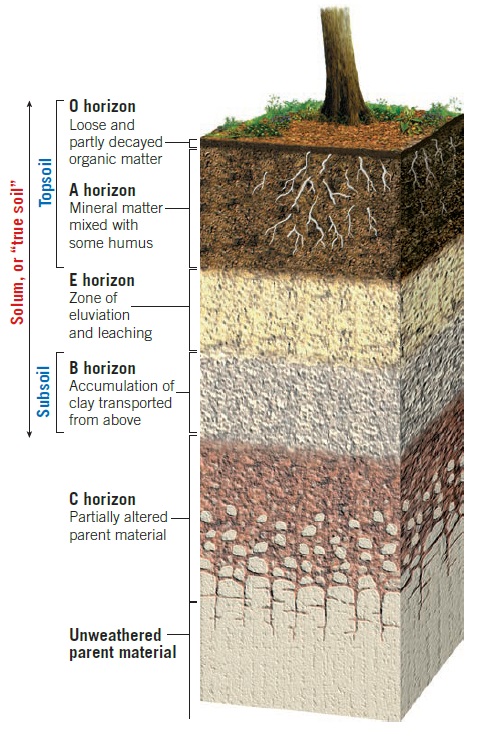
III. Classification of Soil Texture
Soil Texture Triangle and its Significance
The soil texture triangle is a graphical tool used to classify soils based on their relative proportions of sand, silt, and clay. It helps determine the textural class of a soil sample and provides insights into its physical properties.
Textural Classes: Sand, Silt, and Clay
Soils are classified into three main textural classes based on the percentage of sand, silt, and clay. Sandy soils have larger particles, silt soils have intermediate-sized particles, and clay soils have the smallest particles.
Loam: The Ideal Soil Texture
Loam is considered the ideal soil texture for most agricultural purposes. It is a balanced mixture of sand, silt, and clay, providing good drainage, water retention, and nutrient availability for plant growth.
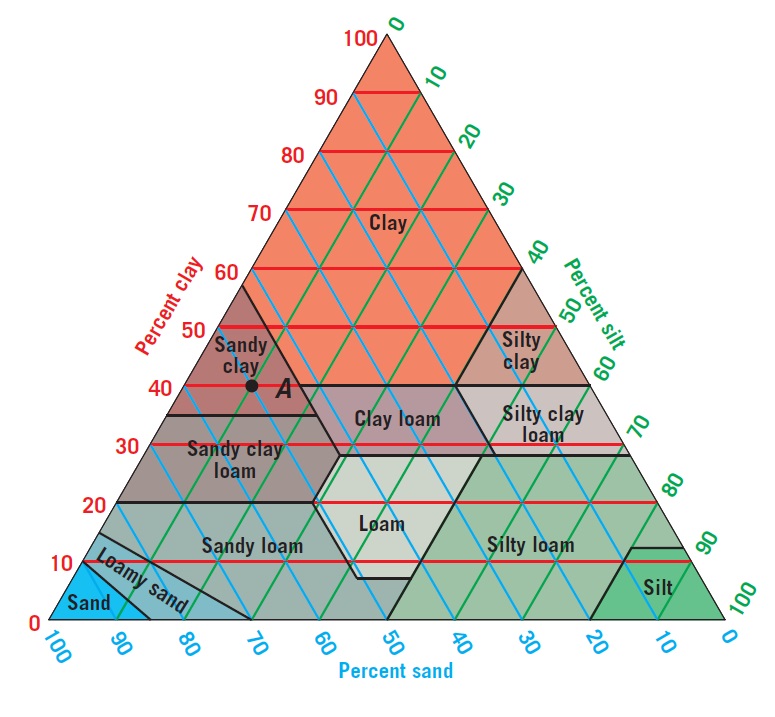
IV. Measuring Soil Texture
Soil Texture Analysis Methods
Several methods are used to determine soil texture accurately. These methods involve physical separation and analysis of soil particles.
Sieve Analysis
Sieve analysis is a common method that uses sieves with different mesh sizes to separate soil particles based on their sizes. This method provides information about the percentage of sand, silt, and clay.
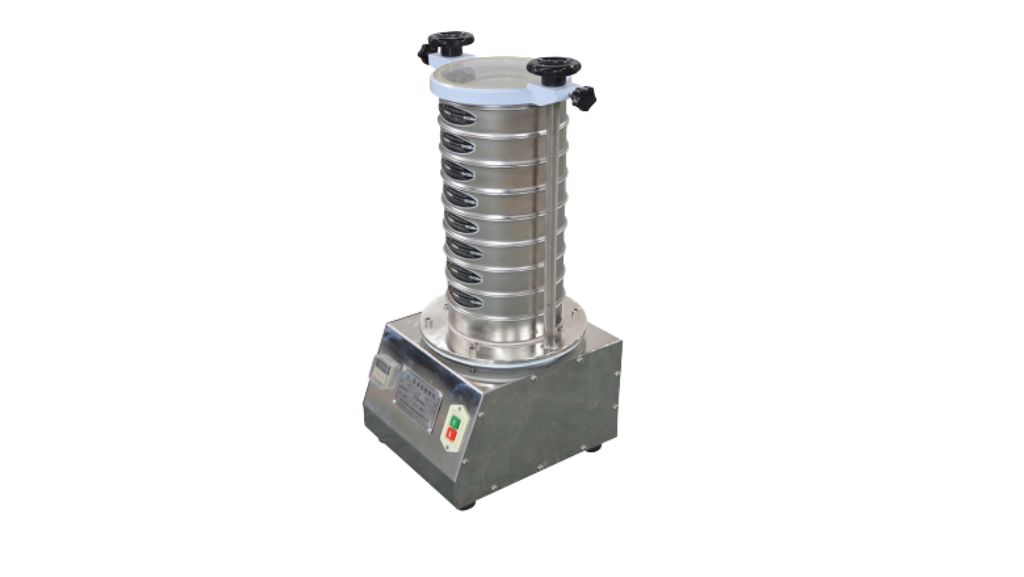
Sedimentation Analysis
Sedimentation analysis involves allowing soil particles to settle in a liquid medium based on their settling velocities. The particle size distribution is then determined by measuring the settling rate.
Hydrometer Method
The hydrometer method measures the specific gravity of the soil suspension over time. It provides a way to estimate the relative proportions of sand, silt, and clay in a soil sample.
V. Physical Properties of Different Soil Textures
Sandy Soils: Characteristics and Uses
Sandy soils have large particles, resulting in excellent drainage but low water-holding capacity. They are often used in construction projects and for growing drought-tolerant plants.
Silty Soils: Characteristics and Uses
Silty soils have intermediate-sized particles, providing better water retention compared to sandy soils. They are fertile and widely used for agriculture, especially in areas with adequate drainage.
Clayey Soils: Characteristics and Uses
Clayey soils have the smallest particles, leading to high water-holding capacity but slow drainage. They can be challenging to cultivate but are often highly fertile when managed properly.
VI. Effects of Soil Texture on Water Retention
Water-Holding Capacity of Different Textural Classes
Soil texture influences the water-holding capacity of the soil. Clay soils retain more water, while sandy soils drain quickly. Silt and loam soils strike a balance between drainage and water retention.
Drainage and Infiltration Rates
Soil texture affects the rate at which water drains through the soil. Sandy soils drain rapidly, while clayey soils may have poor drainage, leading to waterlogging. Proper soil management is essential to maintain suitable drainage conditions.
VII. Soil Texture and Nutrient Availability
Cation Exchange Capacity (CEC) and Soil Texture
Cation exchange capacity (CEC) is the ability of soil to retain and exchange positively charged ions, including essential nutrients for plant growth. Clayey soils with higher CEC generally have greater nutrient retention capacity.
Nutrient Retention and Leaching Potential
Different soil textures have varying abilities to retain nutrients. Sandy soils have lower nutrient retention capacity and higher leaching potential, while clayey soils can hold onto nutrients more effectively.
VIII. Soil Texture and Plant Growth
Influence of Soil Texture on Root Development
Soil texture affects the development of plant roots. Sandy soils allow for easier root penetration and exploration, while clayey soils may hinder root growth due to compaction and poor aeration.
Preferred Soil Textures for Different Crops
Different crops have varying preferences for soil texture. Some plants, like cacti, thrive in sandy soils with good drainage, while others, like rice, prefer clayey soils with high water-holding capacity.
IX. Managing Soil Texture
Soil Amendments and Texture Modification
Soil texture can be modified by adding amendments such as organic matter, sand, or clay to improve its physical properties. This process can enhance drainage, water retention, and nutrient availability.
Soil Texture and Irrigation Practices
Understanding soil texture is crucial for optimizing irrigation practices. Sandy soils require more frequent irrigation due to their lower water-holding capacity, while clayey soils may need careful management to prevent waterlogging.
Soil Erosion and Texture
Soil texture influences its susceptibility to erosion. Sandy soils are more prone to erosion by wind and water, while clayey soils have better resistance but can experience surface sealing and runoff.
X. Soil Texture and Engineering Applications
Soil Texture and Foundation Stability
Soil texture plays a significant role in determining the stability of foundations for structures. Clayey soils with high shrink-swell potential can cause foundation movement, while sandy soils may have lower bearing capacity.
Soil Texture and Construction Projects
Soil texture influences construction projects. Sandy soils are often preferred as fill materials due to their compaction characteristics, while clayey soils may require stabilization techniques for proper construction.
XI. Soil Texture and Environmental Implications
Soil Texture and Water Pollution
Soil texture affects water quality by influencing the movement and filtration of pollutants. Sandy soils with rapid drainage can facilitate the leaching of contaminants, while clayey soils may retain them closer to the surface, increasing the risk of surface water pollution.
Soil Texture and Soil Erosion
Soil erosion is strongly influenced by soil texture. Sandy soils are prone to erosion by wind and water due to their loose structure, while clayey soils may experience surface sealing and runoff, leading to erosion.
XII. Conclusion
Soil texture is a critical parameter that impacts various aspects of soil and plant growth. Understanding soil texture helps determine soil fertility, water-holding capacity, nutrient availability, and drainage characteristics. Different soil textures have unique properties and uses, ranging from construction projects to agricultural practices. By managing soil texture and applying appropriate techniques, we can optimize soil conditions for sustainable agriculture, engineering projects, and environmental preservation.
XIII. FAQs (Frequently Asked Questions)
What are the primary factors that influence soil texture?
Climate, parent material, time, and topography are the primary factors that influence soil texture.
How does soil texture affect plant growth?
Soil texture influences water retention, nutrient availability, and root development, all of which impact plant growth and productivity.
Can soil texture be altered or improved?
Yes, soil texture can be improved by incorporating amendments such as organic matter, sand, or clay to modify its physical properties.
What is the significance of the soil texture triangle?
The soil texture triangle is a graphical tool used to classify soils based on their relative proportions of sand, silt, and clay, providing insights into their physical properties and behavior.
How does soil texture impact water retention?
Soil texture affects water retention, with clay soils holding more water than sandy soils. Silt and loam soils strike a balance between drainage and water retention.
What is the ideal soil texture for agricultural purposes?
Loam, a balanced mixture of sand, silt, and clay, is considered the ideal soil texture for most agricultural purposes, as it provides good drainage, water retention, and nutrient availability.
What are the physical properties of sandy soils?
Sandy soils have large particles, resulting in excellent drainage but low water-holding capacity. They are often used in construction projects and for growing drought-tolerant plants.
How does soil texture affect soil erosion?
Sandy soils are more prone to erosion by wind and water due to their loose structure, while clayey soils may experience surface sealing and runoff, leading to erosion.
What is the relationship between soil texture and nutrient availability?
Soil texture influences nutrient retention and availability. Clayey soils generally have higher cation exchange capacity (CEC) and can hold onto nutrients more effectively than sandy soils.
How does soil texture affect construction projects?
Soil texture affects construction projects by influencing factors such as foundation stability, compaction characteristics, and the need for stabilization techniques. Sandy soils are often preferred as fill materials, while clayey soils may require additional measures for proper construction.
In conclusion, understanding soil texture and its implications is essential for various disciplines, including geology, agriculture, and engineering. By recognizing the significance of soil texture and employing suitable management practices, we can make informed decisions to optimize soil conditions for sustainable and productive land use.
